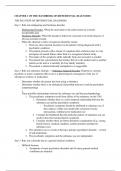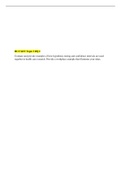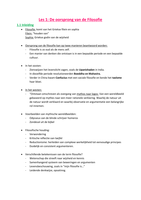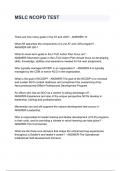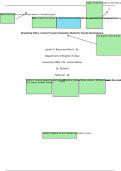Resume
Summary CIDS Final Exam
- Cours
- Établissement
Summary for the final exam for Clinical Interviewing and Diagnostic Skills (CIDS). Includes Chapter 1 of the handbook of differential diagnoses, all mandatory articles for Personal Recovery, Case Conceptualization, the DSM and HiTOP, and all lectures.
[Montrer plus]
